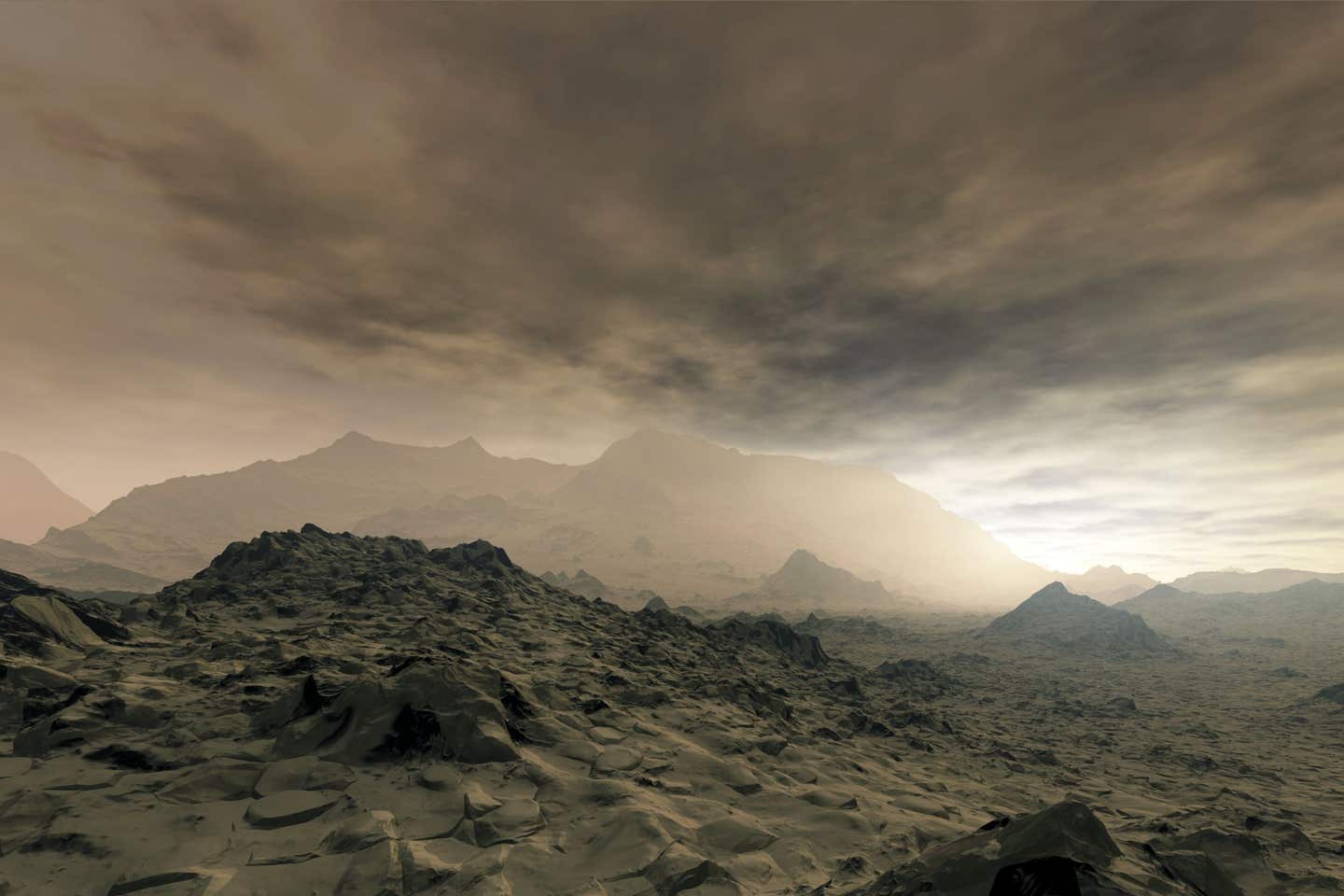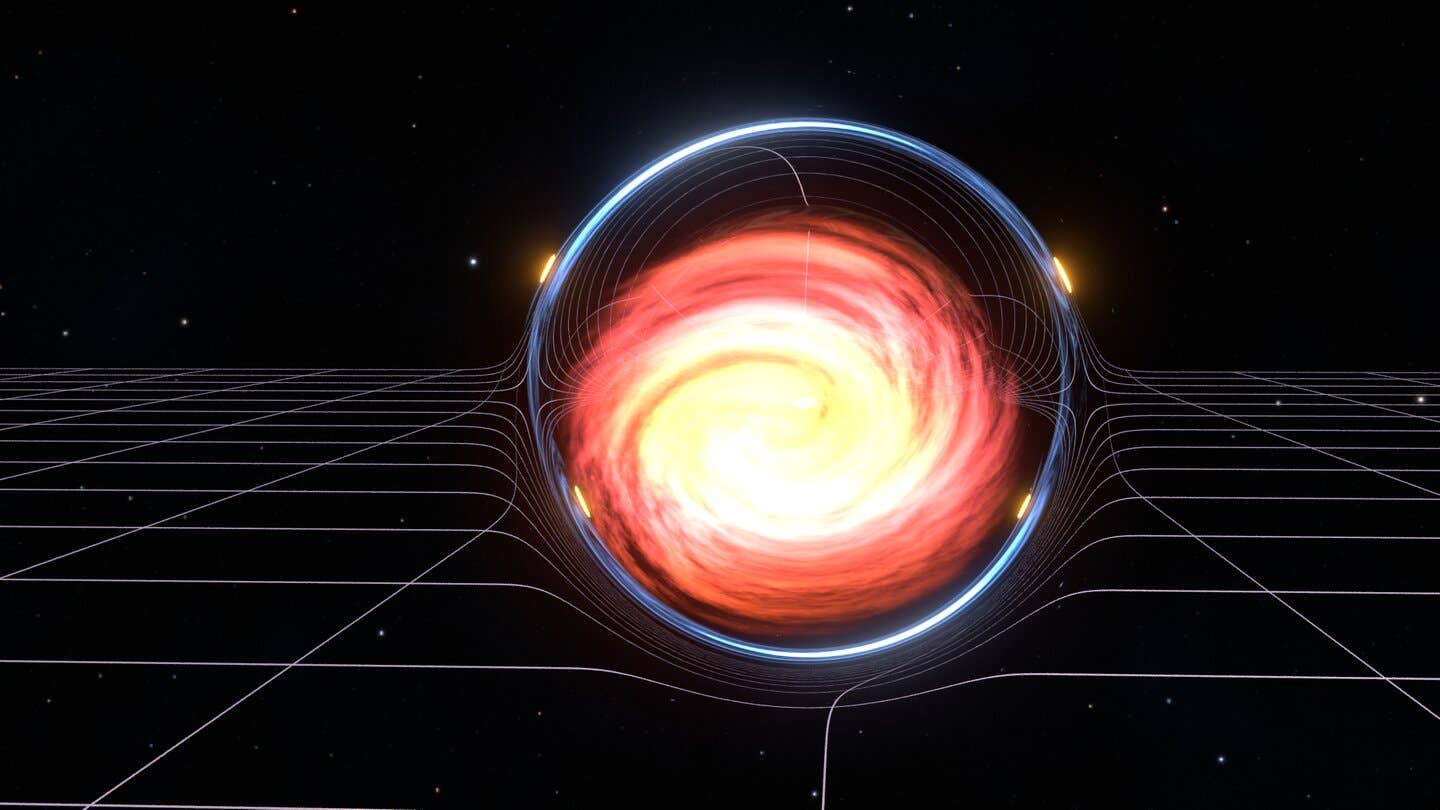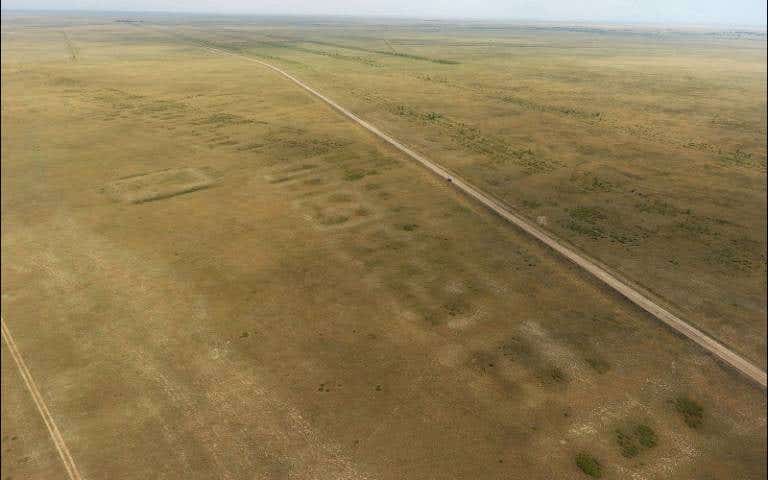Astronomers discover proof that life may exist on Venus
On Earth, phosphine indicates life, which led astronomers to speculate about potential microbial life in Venus’s high clouds.

Four years ago, a groundbreaking discovery occurred when scientists found phosphine gas in the clouds of Venus. (CREDIT: DETLEV VAN RAVENSWAAY/SPL)
Four years ago, a groundbreaking discovery occurred when scientists found phosphine gas in the clouds of Venus. On Earth, phosphine indicates life, which led astronomers to speculate about potential microbial life in Venus's high clouds. These clouds are far from the planet's scorching surface but still have extreme acidity. This finding, published in Nature Astronomy, suggested the possibility of extraterrestrial life in Venus’s atmosphere.
Despite the excitement, this discovery faced significant controversy. Many follow-up observations failed to replicate the original results, casting doubt on the initial findings. Now, the same team that made the initial discovery has presented new data at the Royal Astronomical Society meeting in Hull, England. These observations, which will soon be part of new scientific studies, offer even stronger evidence of phosphine in Venus’s clouds.
Venus, sometimes referred to as Earth’s evil twin, is similar in size to our planet but has extreme surface temperatures and corrosive sulfuric acid clouds. The researchers used improved equipment, including a new receiver on the James Clerk Maxwell Telescope in Hawaii, which increased their confidence in the findings. “There’s also a lot more of the data itself,” said Dave Clements, an astrophysics reader at Imperial College London. In one campaign, they gathered 140 times more data than the original detection.
Clements and his team also found evidence of another gas, ammonia, which he believes might be even more significant than phosphine. “If there is life on Venus producing ammonia, we have an idea why it might be wanting to breathe ammonia,” Clements noted. On Earth, phosphine is produced by decaying organic matter or bacteria, and ammonia naturally occurs in the environment and is primarily produced by bacteria decomposing plant and animal waste.
Phosphine has been detected in Saturn’s atmosphere, which is expected for a gas giant with abundant hydrogen. However, Venus, like Earth and Mars, has an oxygen-dominated atmosphere because these rocky planets couldn’t retain their original hydrogen.
Related Stories
Thus, finding hydrogen-based gases like phosphine and ammonia on Venus is surprising. “By all normal expectations, they shouldn’t be there,” Clements explained. These gases are considered biomarkers on exoplanets, making their presence on Venus particularly intriguing.
Some studies challenged the initial phosphine detection, suggesting it might be ordinary sulfur dioxide. Instruments from the Venus Express spacecraft, NASA Infrared Telescope Facility, and the now-defunct SOFIA airborne observatory couldn’t replicate the phosphine findings.
However, Clements’ new data from the Atacama Large Millimeter/submillimeter Array (ALMA) rules out sulfur dioxide as a contaminant. The timing of observations might explain the discrepancies; phosphine detections occurred as Venus’s atmosphere transitioned from night to day, while non-detections happened as it moved from day to night. Ultraviolet light during the day breaks up molecules in the upper atmosphere, causing phosphine to vanish.
Further supporting evidence comes from Rakesh Mogul’s team, which reanalyzed data from NASA’s Pioneer Venus Large Probe. This probe, which entered Venus’s atmosphere in 1978, detected phosphine at levels consistent with Clements’ findings. Mogul’s team published a compelling case for phosphine in Venus’s clouds in 2021, which remains unchallenged in the scientific literature.
The potential discovery of ammonia on Venus is even more surprising. Presented by Jane Greaves, an astronomy professor at Cardiff University, this finding will be detailed in a separate scientific paper. Venus’s clouds contain water droplets mixed with sulfur dioxide, forming highly corrosive sulfuric acid.
“It’s so concentrated that it would not be compatible with any life that we’re aware of on Earth, including extremophile bacteria,” Clements explained. However, ammonia could act as a buffer, reducing the acidity to levels where some known bacteria might survive.
“The exciting thing behind this would be if it’s some kind of microbial life making the ammonia,” Greaves said. This could allow microbes to regulate their environment, making it less acidic and more survivable. Understanding ammonia’s role is easier than phosphine’s, as ammonia would serve a functional purpose for life.
Even with the presence of phosphine and ammonia, Greaves warned that this doesn’t confirm microbial life on Venus. Many processes could produce these gases, and we lack direct observations from within Venus’s atmosphere. Observations from the European Space Agency’s Jupiter Icy Moons Explorer and Envision missions, which will fly by Venus, or NASA’s upcoming DAVINCI mission could provide crucial data.
Javier Martin-Torres, a planetary sciences professor at the University of Aberdeen, emphasized the need for cautious optimism. His 2021 study challenged the phosphine findings, highlighting Venus’s harsh atmospheric conditions. The discovery of ammonia and phosphine suggests more complex chemical processes might be at play, requiring careful scientific investigation.
Kate Pattle, a lecturer at University College London, also urged caution. The phosphine measurements don’t necessarily indicate life but might reveal unknown atmospheric chemistry. The discovery of ammonia would be exciting if confirmed, as it should not coexist with sulfuric acid without a driving process, whether volcanic, biological, or otherwise.
”These missions may provide answers to the questions raised by recent observations,” Pattle said, “and will certainly give us fascinating new insights into the atmosphere of our nearest neighbor and its capacity to harbor life.”
Note: Materials provided above by The Brighter Side of News. Content may be edited for style and length.
Like these kind of feel good stories? Get The Brighter Side of News' newsletter.



